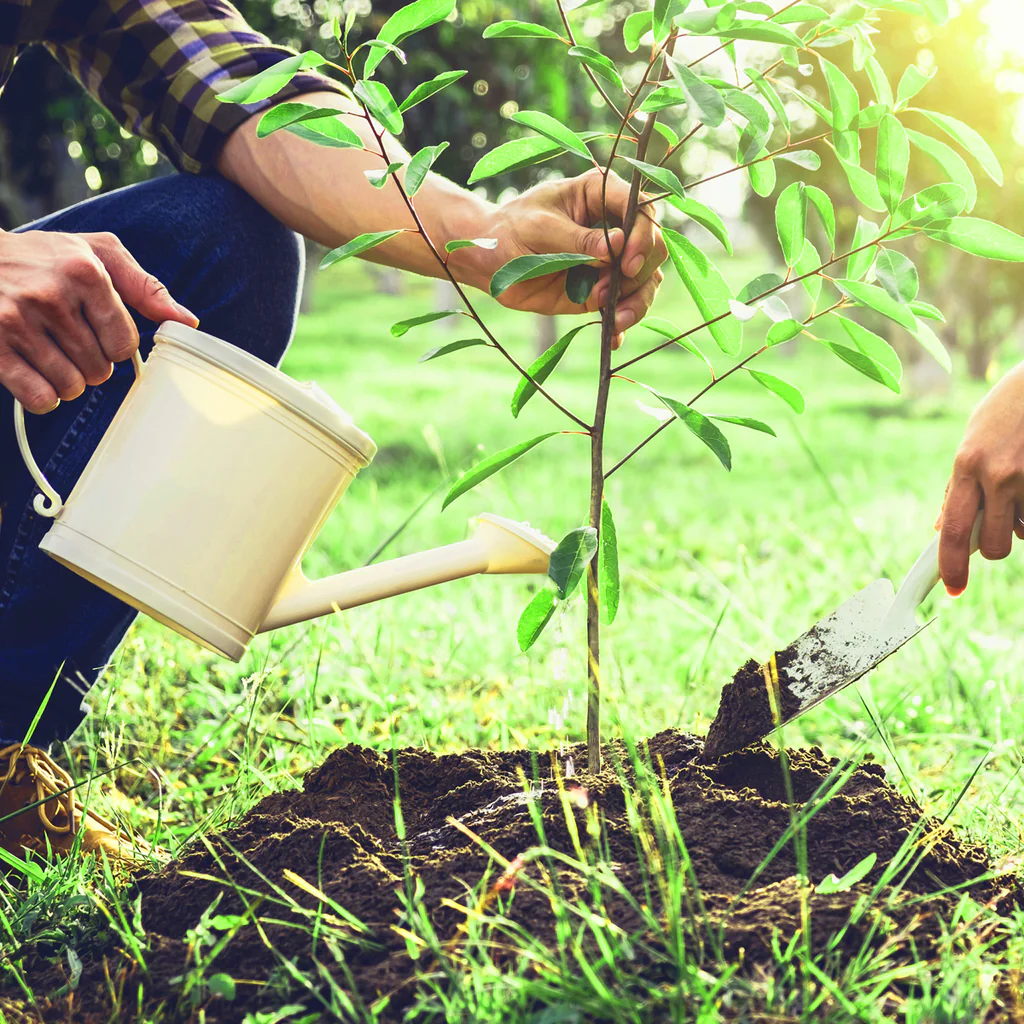Guides
Heat Wave Plant Care: Essential Tips for Your Beautiful Garden
During a heat wave, both plants and humans suffer from the extreme temperatures. Proper care is essential to ensure your garden or indoor plants survive and thrive during such conditions. Here’s a guide on how to care for your plants when the weather gets too hot.
Watering Wisely
Water is your plants’ best defense against heat. However, timing and method are crucial:
- Water early in the morning: This gives the soil time to absorb the moisture before the heat of the day evaporates it.
- Water deeply, not frequently: Soaking the soil encourages roots to grow deeper, making the plant more resilient.
- Avoid overhead watering: Wet leaves can lead to diseases, especially during the hottest part of the day. Use drip irrigation or water directly at the base of the plant.
Provide Shade
Plants, like humans, can get sunburned in excessive heat:
- Use shade cloth or garden umbrellas: This is especially important for young plants or those sensitive to high sunlight. You can also move potted plants to shaded areas if possible.
- Temporary shelters: Consider setting up temporary shade structures using lightweight materials like old bed sheets or burlap to protect your plants during peak sun hours.
Mulch to Retain Moisture
A thick layer of mulch around your plants’ base can work wonders:
- Organic mulches like straw, wood chips, or shredded leaves help keep the soil cool and reduce evaporation.
- Maintain at least 2-3 inches of mulch to prevent water loss and protect plant roots from intense heat.
Avoid Fertilizing
During a heat wave, it’s best to hold off on feeding your plants:
- Fertilizers can stress plants in high heat, encouraging them to grow when they should be conserving energy. Wait until the heat wave passes to resume feeding.
Monitor for Signs of Stress
Plants will often show visible signs when they’re suffering from heat:
- Wilting leaves: This is a common symptom but can also indicate insufficient water. Check the soil moisture to confirm.
- Burned leaf edges: If you see crispy, brown edges, your plant might be getting too much sun or heat.
- Slow growth: Plants often slow down during extreme heat, which is a natural survival mechanism. Be patient and avoid drastic changes.
Prune Sparingly
Cutting back plants during a heat wave can do more harm than good:
- Pruning exposes plants to more sun and heat, which can increase water loss. Avoid heavy pruning unless necessary, and only remove damaged or dead parts.
Cooling Techniques
Help your plants cool down during the hottest part of the day:
- Misting: For indoor plants or those in shaded areas, a gentle misting can help increase humidity and reduce temperature stress. Just ensure the leaves dry before nightfall to prevent disease.


7 Vegetables to Plant in December for a Bountiful Winter Harvest
Winter gardening is a challenge many new gardeners shy away from. But if you’re among [...]
Dec
9 Common Christmas Cactus Problems and How to Fix Them
Have you ever walked past your Christmas cactus and wondered why it suddenly looks sad? [...]
Nov
Swedish Ivy Care: How to Grow a Healthy, Thriving Plant
Have you ever looked at your Swedish Ivy and wondered why the leaves are turning [...]
Nov
Avoid These 10 Garlic Planting Mistakes for Bigger, Healthier Bulbs
Growing garlic at home is one of the most satisfying things a gardener can do [...]
Nov
How to Prevent Christmas Cactus Bud Drop: Tips for a Healthy Bloom
Have you ever noticed your beautiful Christmas cactus (Schlumbergera) starting to lose its buds just [...]
Nov
Discover 7 Stunning Types of Night-Blooming Cereus
Have you ever waited for a flower that only opens at night and then disappears [...]
Nov